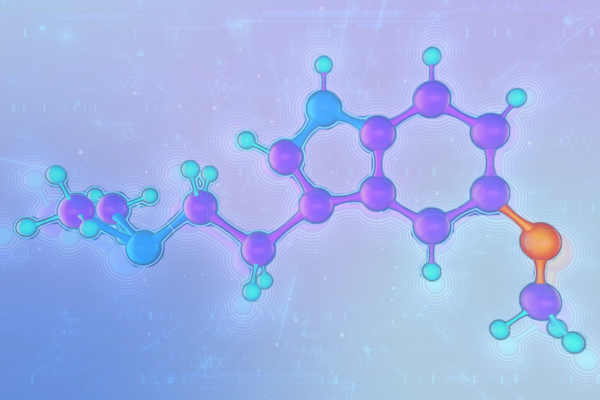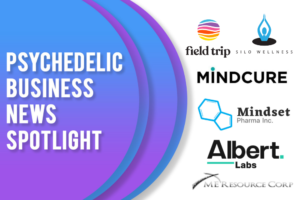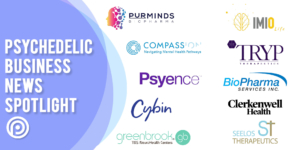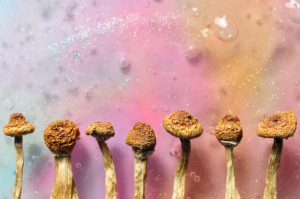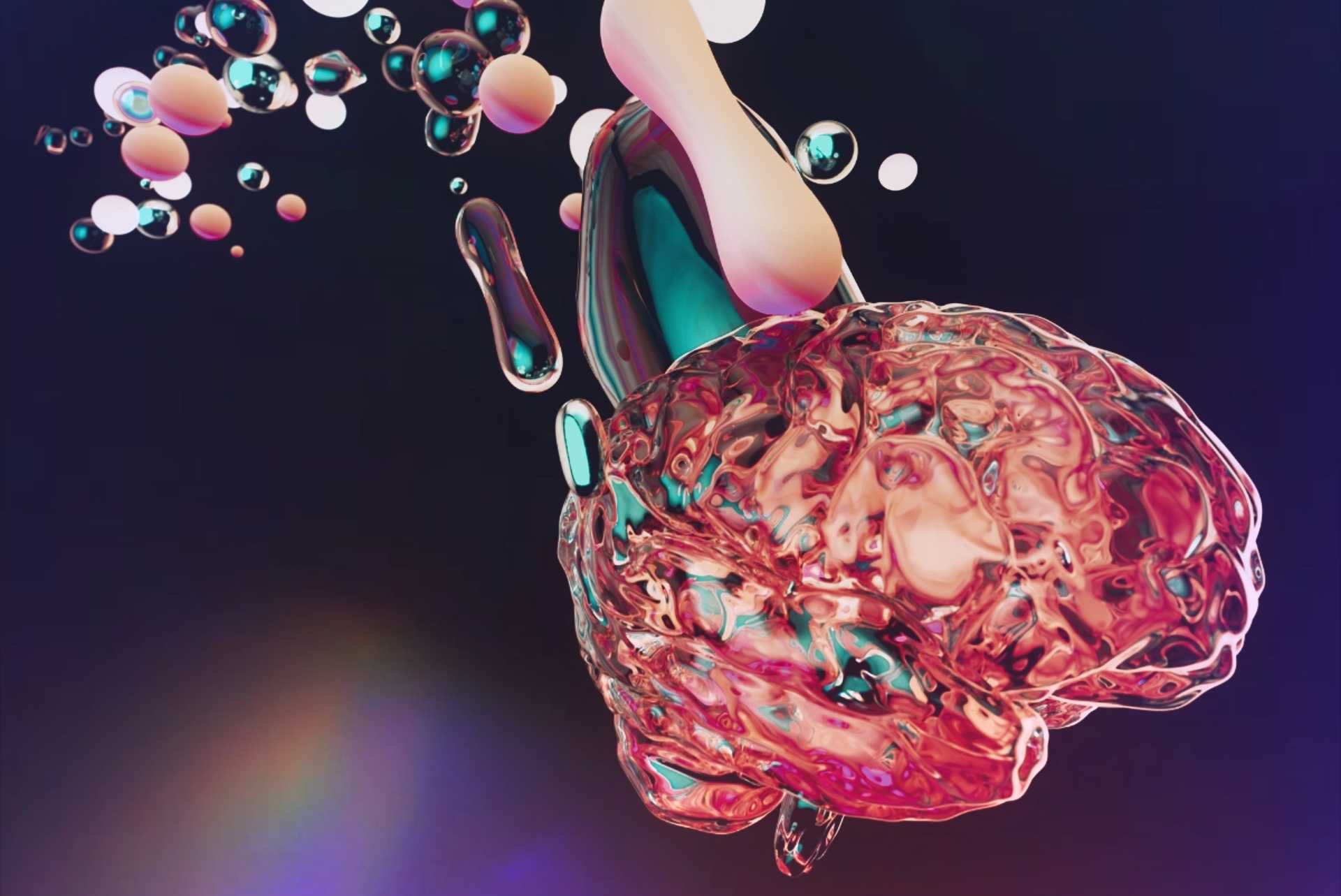
While LSD’s reputation precedes it, with its checkered past as a psychedelic indulgence of the counterculture movement, a recent study published in the Journal of Psychopharmacology investigating LSD’s effects on the brain revealed that this controversial drug not only increases the strength of certain brain connections but weakens other connections at the same time.
In the study, a total of 45 participants were divided into two groups. One group was given a placebo while the other group was given 100μg of LSD in capsules. Two separate fMRI sessions were conducted on each participant while they were asked to keep their eyes closed and stay awake during the scan. The objective of the sessions was to assess the participants’ brain activity while resting and under the influence of either LSD or the placebo. After 11 hours, the effects of the drugs on the participants were measured using the “5 Dimensions of Altered States of Consciousness scale” (5D-ASC). The participants were asked to rate the effects of the drugs retrospectively.
Then, the researchers examined the data to compare effective connectivity (EC), which refers to the causal influence of one brain region on another, to functional connectivity (FC), which is the correlation between brain regions.
The results were quire interesting. According to the study, LSD impacts the balance of brain excitation and inhibition, as it strengthens the majority of connections but weakens some connections in occipital and subcortical regions. In other words, LSD affects how the brain sends and receives signals by changing the balance of activity in different regions. It makes most connections stronger, but weakens some connections in parts of the brain involved in vision and other functions. Additionally, the study discovered a relationship between whole-brain effective connectivity and the subjective effects of LSD, suggesting that it may be possible to anticipate these effects using connectivity patterns.
But let’s dig deeper into the results.
The Effect of LSD on Functional Connectivity
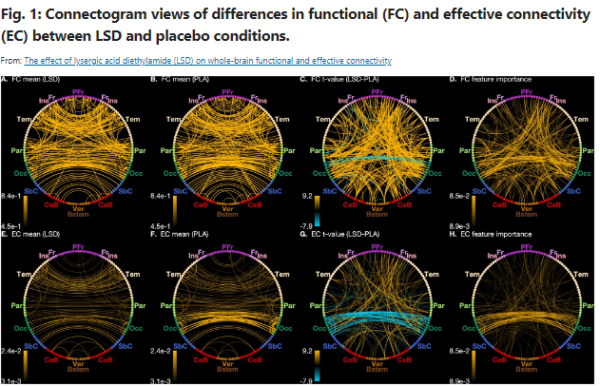
The study found that LSD enhances connectivity across widespread brain networks. In particular, LSD increased integration between the visual processing center of the brain (the lingual gyrus) and the region involved in self-awareness and introspection (the inferior frontal gyrus). By strengthening connections between these brain regions, LSD appears to allow for new creative associations and altered states of consciousness.
However, the researchers also found there are weaker connections in certain areas of the occipital cortex, putamen, and cerebellum. The study revealed that LSD alters the brain’s connectivity, impacting the strength of communication between various regions. The intensity of these altered connections correlated with the psychological experiences reported by participants, indicating that the perceptual effects of LSD are rooted in the drug’s modulation of inter-regional brain signaling. The results suggest LSD’s psychedelic effects arise from changes in the brain’s functional organization, not localized activation. In other words, LSD affects the way different regions of the brain communicate with each other.
Using sophisticated neuroimaging techniques, the researchers probed the inner workings of the resting brain. Functional connectivity analysis tracked the coordination of activity across brain regions, revealing how they form an integrated network even in the absence of focused thought or external stimuli. A statistical technique called partial least squares correlation analysis identified relationships between brain networks and psychological states, illuminating the neural foundations of our waking consciousness. Through these innovative analytical approaches, the study yielded fresh insights into the brain’s intrinsic dynamics.
The study revealed significant differences in brain connectivity between the LSD and placebo conditions. Nearly a quarter of all correlations between brain regions were stronger under the influence of LSD compared to placebo.
The study revealed that LSD use strengthened connections in specific brain regions, including the inferior frontal gyrus (responsible for various functions related to language, decision-making, and social cognition) and postcentral gyrus ( responsible for processing sensory information from the body). These strengthened connections were associated with more intense subjective effects. However, LSD use weakened connections between other brain regions, such as the occipital and cerebellar regions, resulting in less intense subjective effects.
Based on these findings, it seems that LSD can impact the balance of excitation and inhibition in the brain, which is important for normal brain function. This suggests that measuring changes in brain connectivity may be a useful tool for scientists to predict or interpret the subjective effects of LSD.
The Effect of LSD on Effective Connectivity
While most areas of the brain showed stronger connectivity under the influence of LSD, the occipital cortex (the part of the brain responsible for processing visual information) displayed weaker connections. At the same time, LSD enhanced linkages between the thalamus (a central hub in the brain), and other regions. By strengthening and weakening connections in this pattern, LSD appears to rewire the brain’s communication networks in distinctive ways.
Based on the research findings, it seems that LSD has intricate impacts on brain connectivity. This may help us understand how it affects perception, cognition, and consciousness.
The mystery of LSD’s effects on the brain has been a topic of intrigue for decades. These findings suggest that LSD disrupts the balance of excitation and inhibition in the brain, leading to the subjective effects reported by users. But why is this relevant? Well, understanding how LSD affects brain function could unlock new treatments for mental conditions. By looking at the biomarkers identified in the study, researchers may be able to monitor the effects of LSD and develop more targeted treatments for those suffering from similar disruptions in brain function. Who knew the key to unlocking the brain’s secrets was hiding in psychedelic drugs all along? I’d take a guess and say 90% of our audience…
You may also like: Phase II Study Shows LSD Is Effective In Treating Major Depressive Disorder
